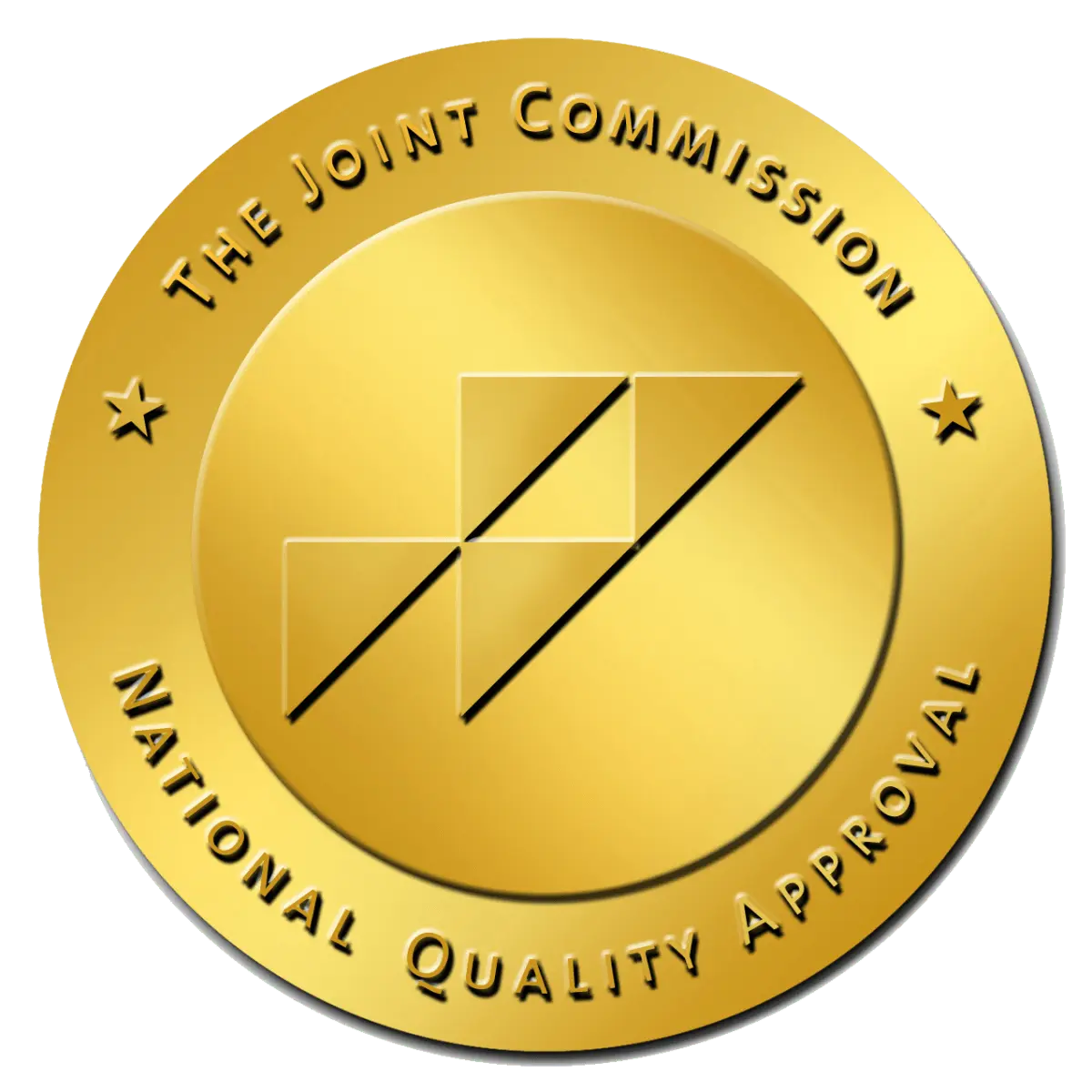Is Adderall Considered an Opioid?
Written by: Michelle Beaupre, PhD, LCSW | Reviewed by: Christian Small, MD
Adderall is a prescription medication commonly used to treat Attention Deficit Hyperactivity Disorder (ADHD) and narcolepsy. Composed of amphetamine and dextroamphetamine, it is classified as a central nervous system stimulant. These ingredients work by altering the amounts of certain natural substances in the brain, helping to increase attention and focus in individuals with ADHD and controlling sleep patterns in those with narcolepsy. Adderall is often perceived as a performance-enhancing drug due to its effects on concentration and alertness, leading to its misuse and abuse.
According to the IQVIA, 41.4 million Adderall prescriptions were dispensed in the U.S. in 2021, up more than 10% from 2020. Despite its medical benefits, the high potential for misuse and addiction is a significant concern. Understanding the nature of Adderall and its classification is crucial in preventing misuse and addiction. While Adderall is not an opioid, its stimulant properties can still lead to dependency and severe health risks if not used as prescribed. Awareness and education about medications, including their potential for abuse, play a vital role in promoting safe usage and addressing substance abuse issues effectively. For more information on opioid-related concerns, it’s important to understand opioid addiction and its impact.

Is Adderall an Opioid?
Adderall is a prescription medication commonly used to treat Attention Deficit Hyperactivity Disorder (ADHD) and narcolepsy. It is composed of two active ingredients, amphetamine and dextroamphetamine, which are classified as central nervous system stimulants. These stimulants work by altering the amounts of certain natural substances in the brain, specifically neurotransmitters like dopamine and norepinephrine. This alteration helps increase attention and focus in individuals with ADHD and regulates sleep patterns in those with narcolepsy.
Adderall is often perceived as a performance-enhancing drug due to its effects on concentration and alertness, leading to its misuse and abuse. According to a 2018 study, misuse rates of Adderall were 14.6% among college men and 8.8% among college women, highlighting the significant potential for abuse among young adults.
However, Adderall is not an opioid. Opioids are a class of drugs primarily used to manage pain and include both legal prescription pain relievers like oxycodone, hydrocodone, and morphine, as well as illegal drugs like heroin. Opioids work by binding to opioid receptors in the brain, spinal cord, and other parts of the body to reduce the perception of pain. In contrast, Adderall stimulates the central nervous system to increase brain activity and is prescribed for entirely different medical conditions.
Understanding the nature of Adderall and its classification is crucial for preventing misuse and addiction. While Adderall is beneficial when used as prescribed, its stimulant properties can lead to dependency and significant health risks if abused. Awareness and education about medications, including their potential for abuse, are vital in promoting safe usage and effectively addressing substance abuse issues. For those interested in other medications, it’s also important to ask if trazodone is an opioid.
The Risks of Adderall Misuse
Despite its medical uses, Adderall carries a high potential for abuse and dependency. Misuse can lead to a range of health problems, including cardiovascular issues, mental health disorders, and addiction. Some individuals misuse Adderall for its stimulating effects, attempting to enhance cognitive performance or stay awake for extended periods. This misuse can result in serious side effects such as increased heart rate, high blood pressure, and even heart attacks or strokes. Furthermore, long-term misuse can lead to psychological issues like anxiety, paranoia, and hallucinations.
In 2021, the National Institute on Drug Abuse (NIDA) reported that approximately 3.7 million people in the United States misused prescription stimulants, including Adderall. This statistic highlights the widespread nature of Adderall misuse and the significant health risks associated with it. Adderall misuse often begins with a desire to improve academic or work performance, but the consequences can be severe. Prolonged misuse can lead to the development of tolerance, where higher doses are required to achieve the same effects, increasing the risk of overdose. Additionally, dependency can develop, making it difficult for individuals to function without the drug and leading to withdrawal symptoms when not using it.
Understanding the risks associated with Adderall misuse is crucial for both users and healthcare providers. Preventive measures, such as education about the dangers of misuse and proper prescription practices, are essential in reducing the incidence of Adderall abuse and its associated health complications.
Understanding the Stimulant Epidemic
While the opioid epidemic dominates headlines, the rise in stimulant abuse, including Adderall, is equally concerning. Data from the National Emerging Threat Initiative shows that stimulants are seized at higher rates than opioids, indicating growing misuse. The Centers for Disease Control (CDC) also reports a 30% increase in stimulant-related deaths between 2016 and 2017.
Unlike opioids, stimulant overdoses cannot be reversed with Narcan, making stimulant misuse particularly dangerous. This highlights the need for greater awareness about substances like Adderall and their potential for harm.
Recognizing Adderall Addiction
Adderall addiction can develop quickly, especially when the drug is used outside of prescribed guidelines. Common signs of addiction include:
- Increased Tolerance: Needing higher doses to achieve the same effects.
- Dependence: Experiencing withdrawal symptoms when not using the drug.
- Compulsive Use: Continuing to use Adderall despite knowing the negative consequences.
- Neglect of Responsibilities: Failing to meet obligations at work, school, or home due to drug use.
- Changes in Behavior: Exhibiting unusual mood swings, aggression, or social withdrawal.
If you or a loved one is struggling with Adderall addiction, it’s crucial to seek professional help as soon as possible.
Side Effects of Adderall
Adderall misuse can cause both short- and long-term side effects, including:
- Physical: Increased heart rate, high blood pressure, loss of appetite, and insomnia.
- Psychological: Anxiety, paranoia, mood swings, and delusions.
For those with pre-existing conditions like heart disease or anxiety disorders, these risks are even higher.
Villa Oasis: Comprehensive Addiction Treatment
At Villa Oasis, we provide a full spectrum of addiction treatment services designed to help individuals overcome substance abuse and achieve lasting recovery. Our programs include detoxification, residential treatment, outpatient services, and sober living support.
Detoxification
Our detox program offers a safe and supportive environment for individuals to undergo withdrawal from substances. Medical supervision and support are provided to manage withdrawal symptoms and ensure the process is as comfortable as possible. Detox is often the first step in recovery, preparing individuals for further treatment.
Residential Treatment
Villa Oasis’s residential treatment program offers a structured and immersive environment where individuals can focus entirely on their recovery. Our comprehensive approach includes:
- Individual Therapy: One-on-one sessions with licensed therapists to address the root causes of addiction and develop coping strategies.
- Group Therapy: Peer support groups that provide a sense of community and shared experiences.
- Family Therapy: Involving loved ones in recovery to rebuild relationships and create a supportive home environment.
- Holistic Therapies: Incorporating yoga, meditation, and art therapy to promote overall well-being.
Outpatient Services
Our outpatient program offers flexible treatment options for those unable to commit to residential treatment. Outpatient services include:
- Intensive Outpatient Program (IOP): A structured program that allows individuals to continue with daily responsibilities while receiving treatment.
- Partial Hospitalization Program (PHP): A more intensive level of care that provides daily treatment while allowing individuals to return home in the evenings.
Sober Living
Villa Oasis also offers sober living accommodations for individuals transitioning from treatment to independent living. Our sober living homes provide a supportive environment where residents can:
- Build Life Skills: Learn practical skills for managing daily responsibilities and maintaining sobriety.
- Establish a Routine: Create a structured daily schedule that includes work, therapy, and recreational activities.
- Develop a Support Network: Build connections with other residents and participate in group activities and support meetings.
The Importance of Professional Treatment
Attempting to overcome addiction without professional help can be challenging and often leads to relapse. At Villa Oasis, our experienced team of medical professionals, therapists, and support staff are dedicated to providing the highest level of care. We offer personalized treatment plans tailored to each individual’s unique needs and circumstances, ensuring the best possible outcomes. Understanding different substances is key to making informed decisions about treatment. For example, some may wonder, is ketamine an opioid, or question the long term effects of opioid abuse.

Why Choose Villa Oasis for Addiction Treatment?
Choosing the right treatment center is a crucial step in the recovery journey. At Villa Oasis, we pride ourselves on:
- Comprehensive Care: Offering a full range of services from detox to aftercare, ensuring continuity of care and support.
- Experienced Staff: Our team of professionals is highly trained and experienced in treating addiction and co-occurring mental health disorders.
- Holistic Approach: Addressing the physical, emotional, and spiritual aspects of addiction to promote overall healing.
- Supportive Environment: Providing a safe and nurturing space where individuals can focus on their recovery without distractions.
- Family Involvement: Encouraging family participation in the treatment process to foster healing and support within the family unit.
If you or a loved one is struggling with Adderall addiction or any other substance abuse issue, don’t wait to seek help. At Villa Oasis, we are here to support you every step of the way. Contact us today to learn more about our programs and how we can help you achieve lasting recovery. Remember, Adderall is not an opioid, but its misuse can lead to severe health risks and addiction. Professional treatment is essential for overcoming addiction and reclaiming your life. Villa Oasis is dedicated to helping you or your loved one find the path to recovery and a healthier, happier future.

